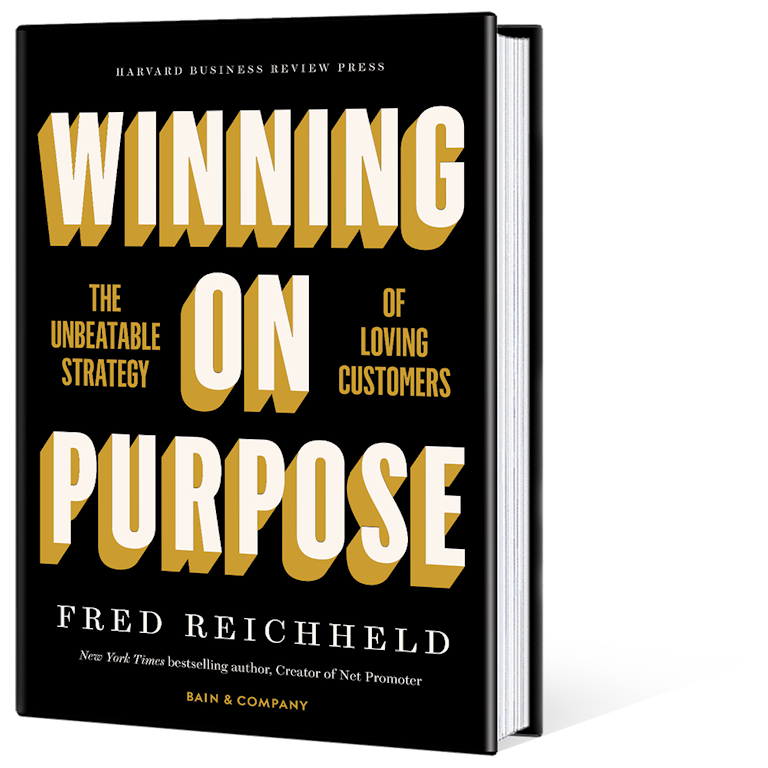
This article originally appeared on LinkedIn.
What’s the proper balance between digital technology and the human touch in customer service today?
It’s a question customer-centered executives have been asking themselves for years. Now it’s taken on a new urgency as call centers become the launching pad for artificial intelligence (AI) in the workplace.
Digital self-service models of customer interaction were already helping companies keep up with call center volume and save money long before anyone had heard of ChatGPT. During the pandemic, as call volumes spiked, they became critical to keeping up.
But while human interaction is expensive, a customer-service system that permits employees to show small acts of compassion at the right moment has long been something that sets Net Promoter Score (NPS) leaders apart. In complex or emotional interactions, there’s no effective substitute for human kindness and judgment. As companies digitalize experiences that once were all-human, they must find a way to stay connected with customers.
Well-designed systems can get the most out of man and machine, tapping inexpensive, convenient, and fast digital solutions when those are called for, while reserving human interaction for times when an emotional bond is critical.
I recently posted clips from a conversation with my daughter Jenny Reichheld, regional CX adviser at Qualtrics. Jenny advised that “every time you design a self-service model, make sure you are doing it for the customer, not to the customer. Ask yourself, ‘Is this something that’s just reducing costs and being painful for customers, or it is really making it easier for them and delighting them?’ ”
By putting customer delight at the center of both digital and human customer service, NPS leaders like US credit card issuer Discover Financial Services boost customer satisfaction across the board.
Discover systematically puts customers’ interests first. It offers round-the clock access to local agents, charges no annual fee for credit cards, and has regularly raised the digital intensity of the customer experience. For its credit cards, more than half of initial interactions across episodes were digital in 2022, according to NPS Prism benchmarking. Customers aren’t forced to use digital options. Discover doesn’t hide the phone number for its agents; in fact, that number is broadly advertised across its web pages. Rather, the reason for this high rate of digital adoption is that these tools were developed for interactions in which customers prefer digital—and the Discover solutions are outstanding. Agents aren’t instructed to push customers to digital, but when an agent recognizes that customers would be happier with a digital alternative, the agent naturally lets them know about it so they could try it out next time. The digital alternative has to be so delightful that agents would use it themselves and recommend it not only to customers, but to friends and family too.
Because many transactions don’t require human intervention, Discover can ensure that the ones that do are handled by skilled agents who are well-trained to handle complex customer problems. When customers interact with Discover, their needs are met at the first contact 74% of the time.
The dividends can be seen it its stock performance. During research for my book Winning on Purpose, we found Discover’s total shareholder return from 2011 through 2020 led its industry and was 85% greater than that of the Vanguard Total Stock Market Index Fund, a proxy for the broader stock market. (The book goes deeper into Discover’s formula for success as well as those of NPS leader in other industries.)
NPS Prism research has found that in general people prefer that everyday interactions with their financial services providers be digital. For example, the NPS for opening a checking or savings account is 53 when completed successfully in digital channels, but just 39 when done through a contact center with human assistance. But many customer interactions are improved by combing human interaction and digital tools. A recent NPS Prism survey of 2,300 US banking consumers found that when disputing a fee, customers who were offered a callback in lieu of waiting on hold had higher satisfaction ratings. Customers who took advantage of this simple automated feature gave their experience a NPS of 28 points, compared with negative 3 from those who weren’t given the choice. The tool even had a positive effect on those who received the offer but rejected it. This group’s NPS was 14. For dispute resolution in general, respondents who start digitally but end by speaking with an employee give higher loyalty scores than those with an exclusively digital experience.
As my Winning on Purpose coauthor Maureen Burns has written, it’s now possible to integrate the best of traditional customer-centered approaches into the digital front line to create experiences that delight customers in ways that were impossible without the fusion of humanity and data. Better customer experiences depend on constantly reading the data and listening to customers to understand their needs and feelings.
The next generation of loyalty leaders will be the best listeners, combining a love-thy-customer culture with the data and technology to delight customers, not simply to serve them more cheaply.

Winning on Purpose: The Unbeatable Strategy of Loving Customers
This new book by Fred Reichheld, Darci Darnell, and Maureen Burns demonstrates that great leaders embrace a higher purpose to win, and Net Promoter® shines as their guiding star.

